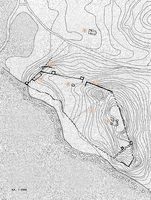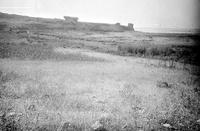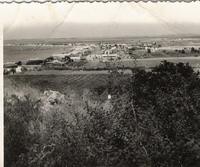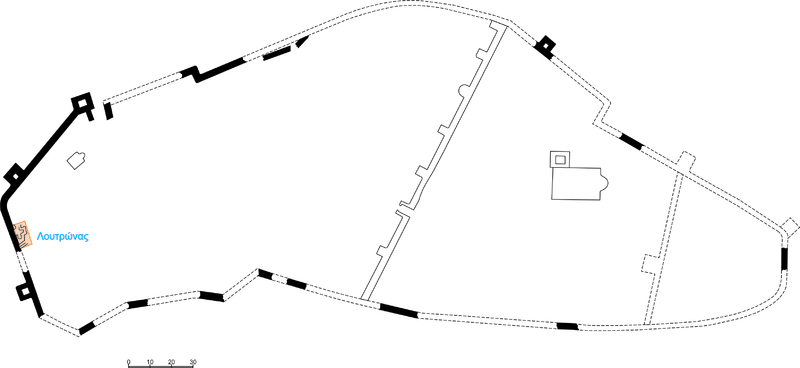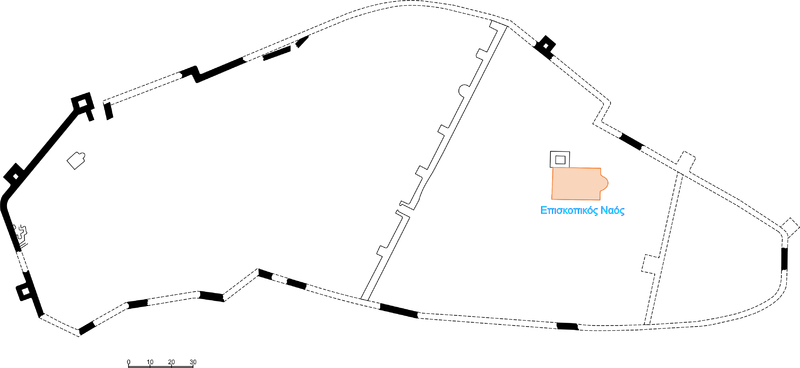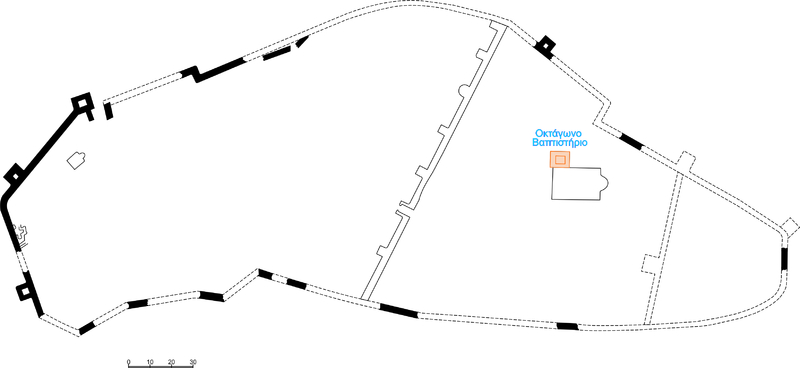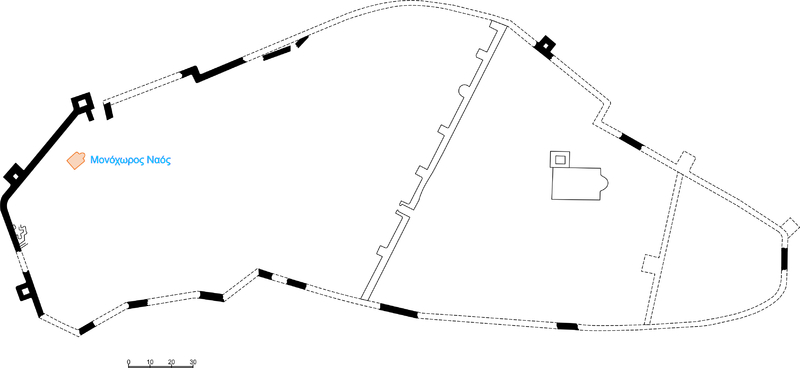Byzantine Acropolis of Polystylon
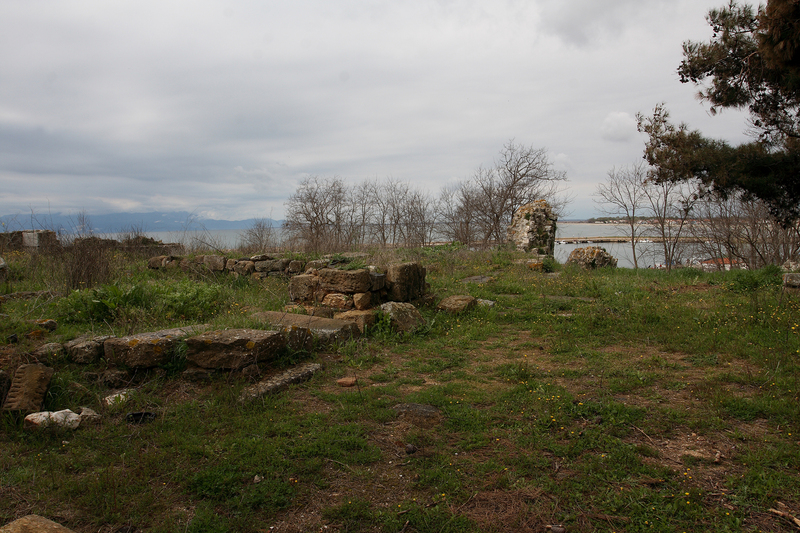

Much later, in 1365 - 1370, the bishopric was distracted from Philippi because of the distance and was attached to the archbishopric of Maronia. It is known from sources that Peter is the last bishop Polystylon, who signed a document on the ownership of small monasteries of Saints Constantine and Helen, which were in Thassos, in 1363.
The archaeological research in the area of ancient Abdera started in 1950 by Dimitrios Lazaridis. But systematically, the Polystylon was excavated between 1982 and 1986 under the program "Thrace" of the Archaeological Society, headed by Charalambos Bakirtzi, Superintendent of the 12th Committee of Byzantine Antiquities at that time and under the supervision of Professor George Bakalaki. The study was continued in the years 1990 - 1995 by the same Committee by the archaeologist Stavroula Dadaki, who supervised also the work carried out in the years 1997 - 1999 under the Second Community Support Framework. All these excavations revealed the following:
1. the outer fortification wall
2. part of the rampart of fortification
3. intra-urban internal transverse walls
4. the Episcopal church of the city
5. The single-nave church Cemetery
6. aisled basilica with a cemetery outside the walls, in front of the Western Gate of the ancient city and in the current archaeological site of Abdera
7. the Late Roman baths
At the byzantine Polystlon, were excavated by chronological order, a bath inside the western part of the wall.
Episcopal Church, in the eastern part of Polystylon. Octagonal Baptistery, attached to the northern wall of the Episcopal Church. Simple, one-room, Byzantine cemetery church, south of the tower A.
Here is the site of ancient Abdera.One of the images was taken in Thrace, in 1904, by the founder of the Christian Archaeological Society, George Lampakis. The extent of the area included in the photo,reminds us of the ancient times,and of the malicious recommendation of the cynic philosopher Diogenes, to the people of Abdera: that is to be careful,not to let the city out,from the arrogantly big and spacious gate,that they had built at the walls of their city. However,we should imagine that the extent of the ancient city,was much larger than that shown in the photo of Lampakis.
Here is a view of the coastline up to the Delta of Nestos, from the archaeological site, in the 1960s.
X
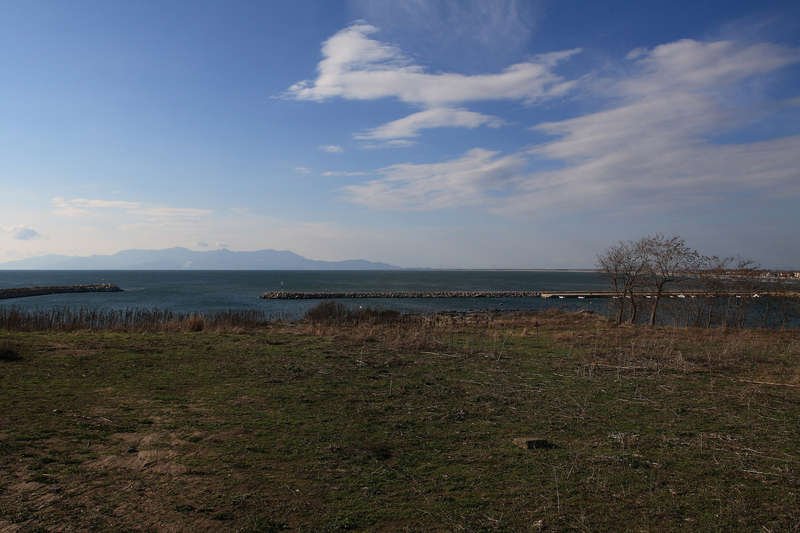
Copyright © Πηγές: ΑΡΧΑΙΟΛΟΓΙΚΟΣ ΟΔΗΓΟΣ "ΑΒΔΗΡΑ ΠΟΛΥΣΤΥΛΟ" Ντίνα Καλλιντζή, Αρχαιολόγος Δόμνα Τερζοπούλου Αρχαιολοόγος Νίκος Ζήκος Αρχαιολόγος



